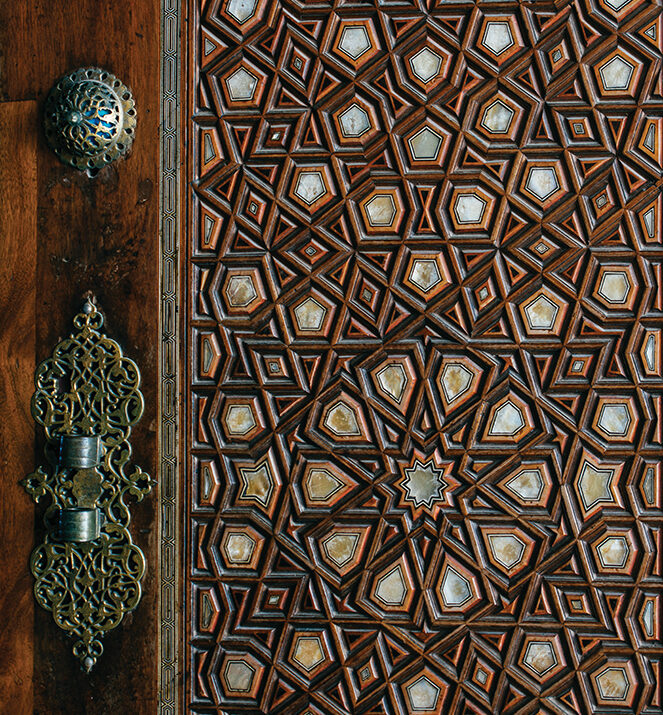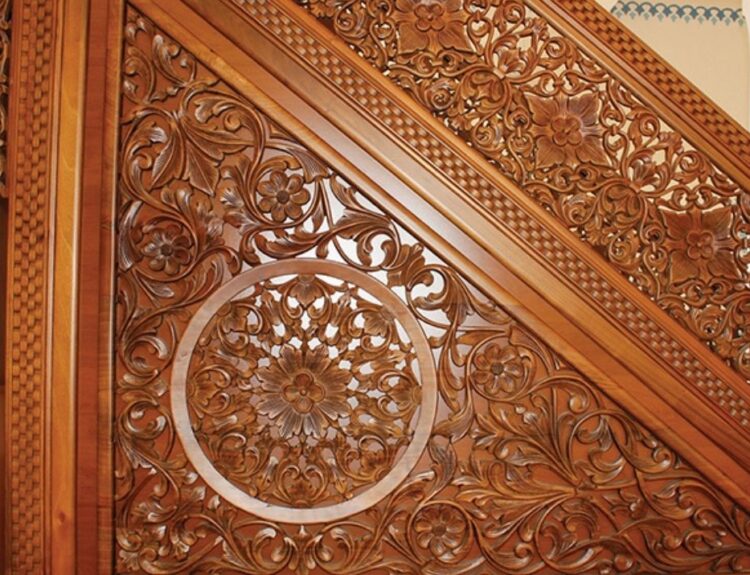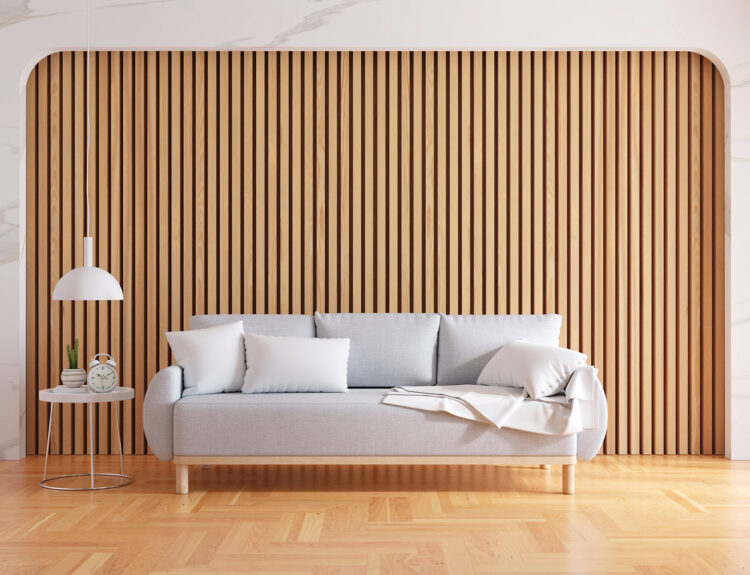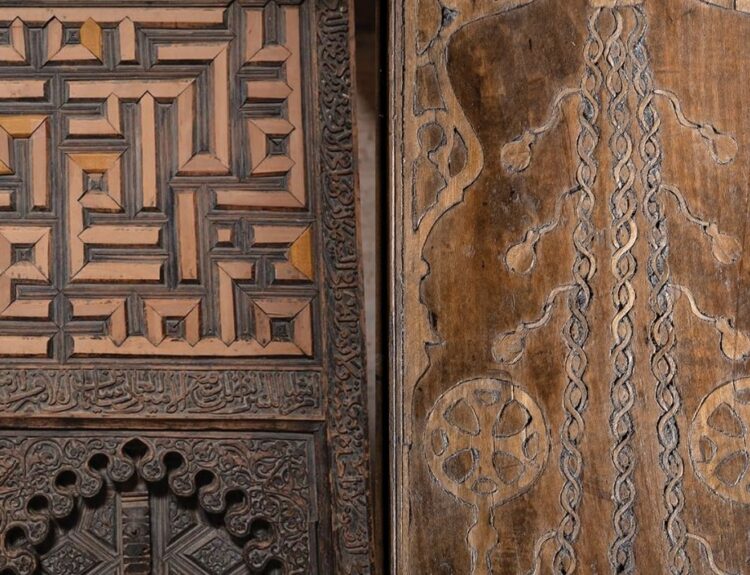Amasya, a city in the northwestern region of Türkiye where greenery and history embrace each other, attracts attention not only with its natural beauties but also with its rich cultural heritage. Especially the art of wood carving is one of the important elements that form the unique identity of Amasya.
Wood carving art has an important place in Amasya, which is a very rich city in terms of history and culture. In Amasya, woodworking is often seen in architectural structures, houses and bridges. Many wooden houses and buildings from the Ottoman period are among the characteristic features of Amasya. These buildings generally have bay windows, are decorated with wood carvings, and bear the characteristics of traditional Turkish house architecture. These decorations generally consist of geometric patterns, plant motifs and animal figures.
Wooden fountain located in the courtyard of Merzifon Kara Mustafa Paşa Mosque, the gate of Gök Madrasa, built by Amasya Governor Seyfeddin Torumtay in 1267, Hazeranlar Mansion, which reflects the characteristics of local civil architectural works of the Ottoman Period, Wooden Yalıboyu Houses, which have all the features of the Ottoman house, the gate of Mehmet Paşa Mosque, which is one of the most beautiful examples of wood carving, the wooden door of Çelebi Mehmet Madrasa, crafted with the carving technique and one of the most beautiful examples of its kind, wooden ceiling narthex of Merzifon Abide Hatun Mosque, wooden embroidery in the interior, and ceiling made of wooden beams appear before you as the most beautiful reflections of wooden art in the city.
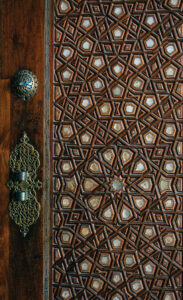
A city filled with joy through kündekari
Kündekari, a carpentry technique and architectural style that emerged in the Ottoman Empire, is the most important art form of the city. In this technique, which was widely used especially in the 15th and 16th centuries, complex geometric patterns are created by interlocking wooden pieces without using nails or adhesives. Kündekari mastery was generally used on doors, ceilings, furniture and other decorative elements in mosques, palaces and other important buildings of that period. This technique demonstrates the remarkable skill and creativity of Ottoman craftsmen and still amazes with its beauty and complexity. Historical mansions, mosques and other important buildings, especially in Amasya, display beautiful examples of kündekari art. One of the most famous mansions of Amasya, Hazeranlar Mansion, has kündekari decorations in its interior. Examples of kündekari can also be found among the Sabuncuoğlu Şerefeddin Museum, one of the important museums of Amasya, and many works focusing on the medical history and cultural heritage of the city. Kündekari decorations were also used in the interiors of Büyük Ağa Madrasa, one of the historical buildings of Amasya. The interior of the Amasya Grand Mosque, one of the oldest mosques in the city, has details made with kündekari craftsmanship.
Wooden Houses of Amasya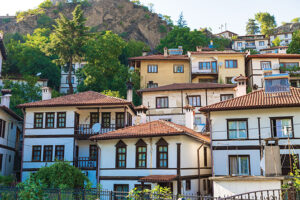
Amasya’s wooden houses are one of the important elements reflecting the historical and cultural texture of the city. These houses, which generally date from the Ottoman period, offer a beautiful example of traditional Turkish architecture. These houses, lined up on the narrow streets of Amasya, are generally two or three stories high and feature details decorated with woodwork. Amasya’s wooden houses preserve the traditional Turkish lifestyle and architecture, offering visitors the opportunity to experience the history and culture of the city.

